Weigela breeding methods

Weigela is a deciduous ornamental shrub that blooms with large flowers of various shades. The palette of flowers can be varied: white, purple, cream, scarlet. They can be located one by one on the shoot or be collected in inflorescences. It blooms 2 times a year - in May and September, flowers are odorless. Some varieties are distinguished by the unusual color of their leaves. An amazing feature of the plant is the color change at the beginning and at the end of flowering. Weigela has a neat shape. In height it can reach from 50 cm to 2 meters. The plant belongs to the honeysuckle family and has about 15 species. The shrub is native to the southeast and east of Asia. Due to its decorative qualities, it has become popular among gardeners. With proper care, it can live for about 30 years. Weigela can be propagated in several ways.
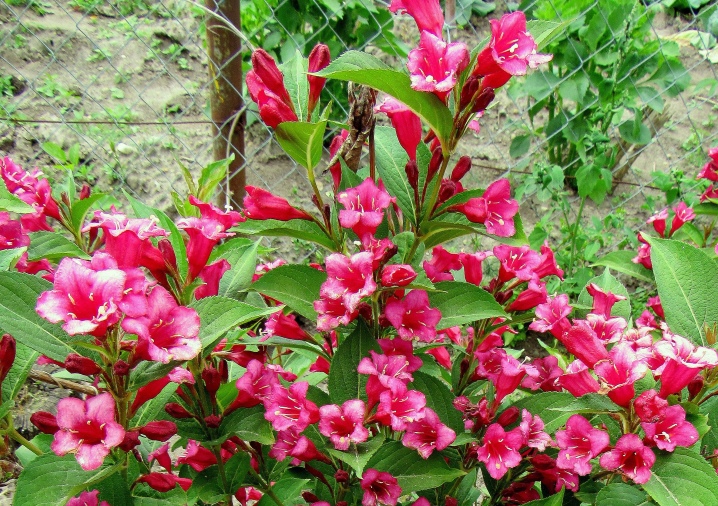
Subtleties of cuttings
It is possible to cut through the shoots of the current year, shoots of the last year and shoots from the stump.
For grafting, summer shoots of the current year are selected with a length of 10-12 cm. The incision should be even, since the weigela has opposite foliage. Leaves are removed completely or cut in half. Then the twigs are soaked in water or stimulating solution. Landing takes place in June. For this, the soil is prepared from peat and sand in equal quantities. The top layer of earth is again sprinkled with sand 2 cm thick. The stalk is deepened by 4 cm, and the top is covered with a jar or film. This will retain moisture, protect the seedlings from drafts and provide a greenhouse effect. The distance between them should be about 25 cm. Provide partial shade for young plantations. Water them every day so that the ground does not dry out, ventilate periodically.
When the first leaves appear, this means that the cuttings are rooted, the cans or film can be removed.
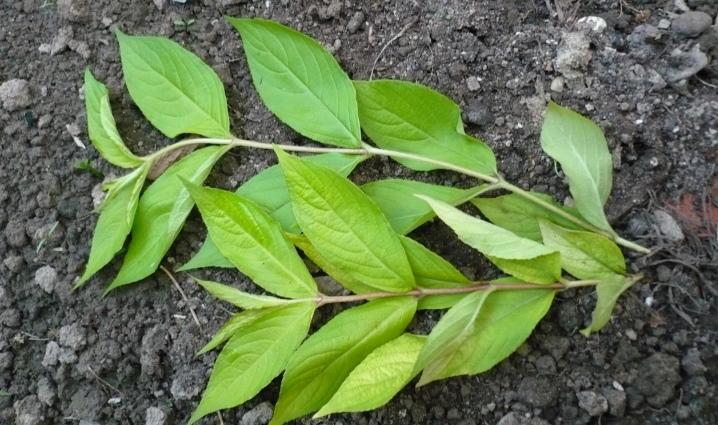
After a month, do the first top dressing, pinch the processes. Prepare a shelter with slots for the winter, it will protect them from frost and wind. In the spring, around April, transplant young seedlings into a 50x50 cm container for further rearing or to a permanent growth site. Reproduction by young shoots gives not only 90% survival rate of cuttings, but also shrub flowering after 2 years. In the first flowering of weigels, the buds are recommended to be removed, this contributes to the good development of the bush.
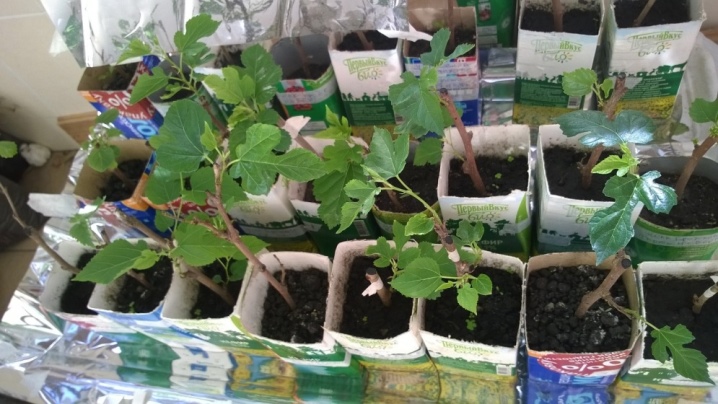
Reproduction by last year's overwintered shoots begins in April, sap flow has not yet started. To do this, lignified shoots are cut from the top of the bush about a centimeter thick and 15-25 cm long. 2-3 buds are left on them. The distance from the lower and upper buds should be 2 cm. Dip the cuttings into the stimulating solution. Then plant it at an angle in boxes of soil. The distance between them should be 20-25 cm, and the planting should be 1 cm deep. Cover them with a layer of sand 2-3 cm thick. Moisten and cover with a jar or film. Spray and air the cuttings for a month, until the green leaves begin to peck. Provide them with a light and damp location. When the leaves appear, do the first feeding and pinch the seedlings. This will serve to better form the root system and shoots of the shrub.
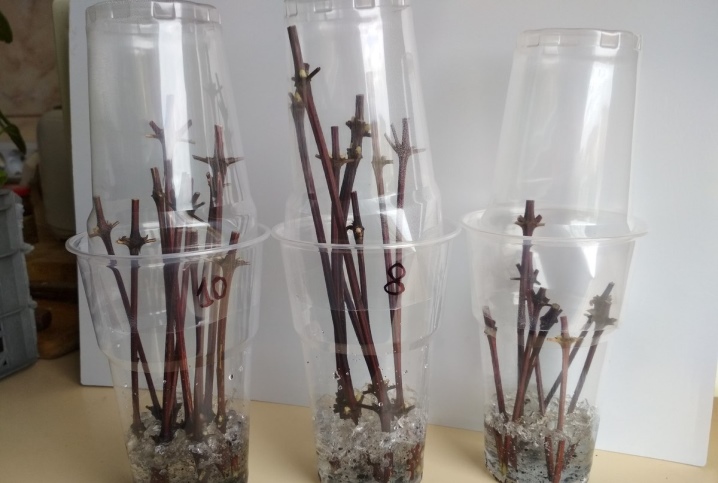
This method of cuttings gives a lower survival rate than propagation by young shoots.
Another vegetative method is reproduction by young shoots from a stump. Its rooting process will be similar to the previous methods.
When cutting young shoots, keep in mind that the shrub loses a lot of juice at the same time, so there may be a clogging of the conducting vessels. The plant may die from dehydration. To prevent this, provide the shrub with timely abundant watering until the process of saping stops. ...
Correct cuttings are the key to the future health of the bush.
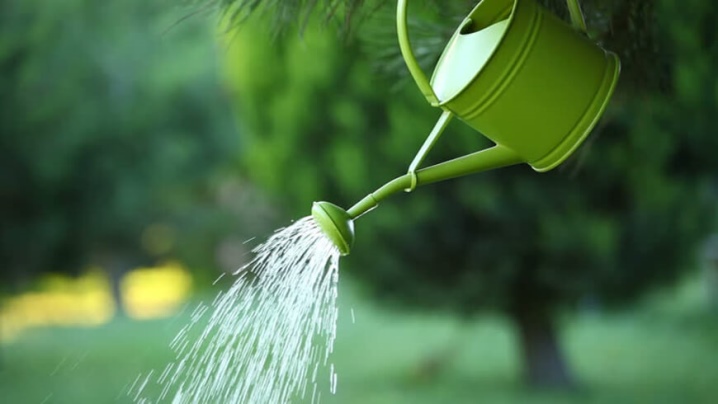
Growing from seeds
More painstaking breeding method. Seeds are harvested from winter-hardy species in October-November. Try to use freshly harvested seeds, they give good germination.
If you plan to plant in the spring, ensure that the seeds are stored properly. To do this, place them in a paper or linen bag and leave in a dry place. In March or April, prepare containers with a 2 to 1 mixture of sand and turf. Spread the seeds onto the surface, sprinkle with a thin layer of sand and moisten. Cover the container with glass or plastic. This ensures a greenhouse effect and protection from drafts.
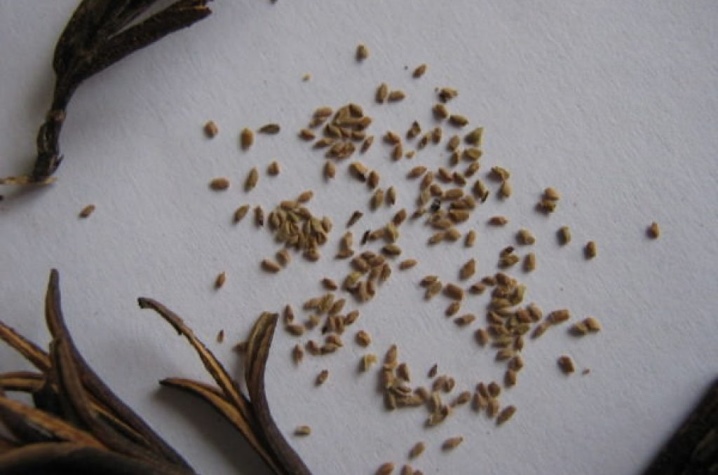
Spray and ventilate the container daily. Seedlings usually appear in 3 weeks. Water them carefully so as not to blur the fragile root. When the second leaves begin to bite, dive and transplant the seedlings into separate pots. At the age of one year, the seedlings will already have 4 pairs of leaves, a root system with a diameter of 3-5 centimeters, buds and a height of 10-15 cm. In September, the leaves will fall off, and the plant can be prepared for wintering. For the winter it is taken out into a warm room, and in the spring it can be moved outside and left in a shaded place. During the season, weigela will already grow up and will be about half a meter. In the third year, it can already be planted in the open ground in the spring and looked after like an adult shrub. Only in the fourth year does the plant begin to flower.
Of course, the seed method of reproduction is a more complex and time-consuming process. In addition, there is a likelihood of loss of varietal qualities, a variegated plant may grow. But there are pluses - weigela grows stronger and more viable, with a large number of seedlings.
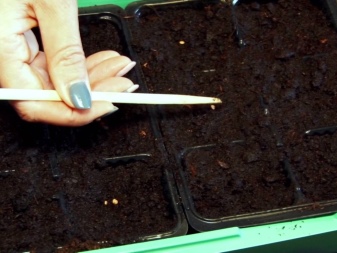
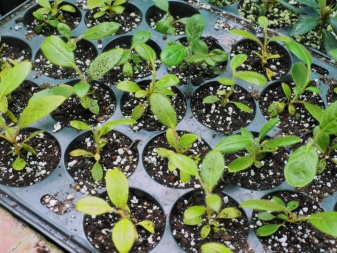
How to propagate by layering and dividing the bush?
Plant propagation by layering is the simplest and most labor-intensive process. To select a mother shrub, you need to know exactly some factors.
- If the weigela used for layering received little feeding, then the cutting will take root poorly.
- Bushes with an excess of trace elements are also unsuitable for reproduction.
- The age of the plant used is of great importance. Shrubs over 5 years old and young ones, which are about a year old, are unsuitable. Plants with 3-4 years of life are ideal.
- The weigela shrub, which itself has grown from the cuttings, is absolutely inapplicable for reproduction. Such seedlings are susceptible to all maternal diseases and defects.
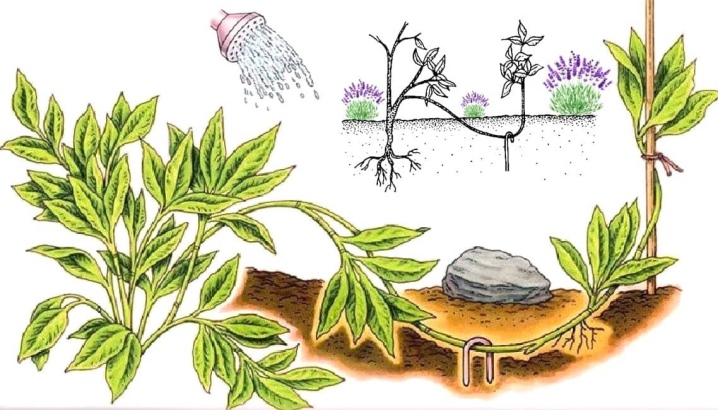
Having foreseen all the above nuances, in the fall, pick up a side branch, make an incision in the bark, bend it down and sprinkle it well with earth. By spring, the seedling should already be rooted and can be detached from the bush. For the winter, try to insulate the young seedling, and in the spring, transplant it to a permanent place of growth.
The division of the bush is carried out only if the plant requires transplantation or rejuvenation. To do this, choose the time when the bush is at rest. This process falls in October or April.
Dig out the bush carefully, clean the root system well from the ground, rinse and divide into the necessary parts.
Each part can be planted in a stationary growth site.

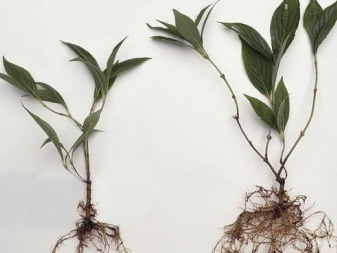
Further care
Weigela is a rather unpretentious plant that does not require special care, however, there are certain rules that contribute to good growth and beautiful flowering of the plant.
If you decide to plant this luxurious flower in the open ground, then planting is best done in the spring. Choose a sunny and spacious location, protected from wind and draft. Dig a hole 50x50 cm in size, fill the bottom with rubble or stones for good drainage. Add 50 grams of superphosphate and potassium salt. The soil should be loose and fertile in composition. Weigela does not like dense and waterlogged soil. The soil mixture should contain sand, sod and humus. If you are planting several low-growing varieties of weigela, then make a gap of at least one meter between them. If the varieties are tall, then the distance should be from two to three meters. The root collar of the weigela should not go deep, leave it at ground level. Place sawdust or herbs near the trunk. In the fall, planting is not carried out, because the plant does not have time to adapt to the arrival of winter.
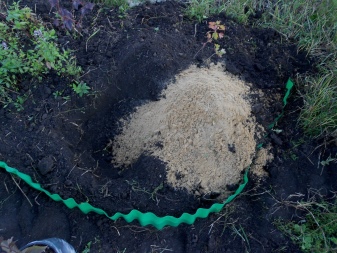
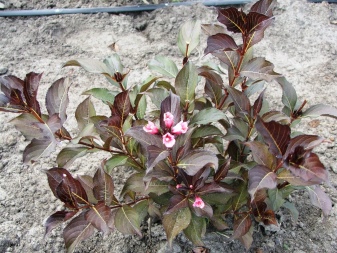
Care for young shrubs is carried out more carefully, because the plant has not yet fully matured.
Control watering, remove weeds, loosen the ground under the bush.
If weigela is developing too actively, be sure to add nitrogen fertilizers. Add them to the water, spray the plantings every 2 weeks. When budding occurs, it is necessary to feed the shrubs with superphosphates. Top dressing is carried out several times a year. The first begins in early spring, the second - during the formation of buds, in early June. Urea or superphosphate is suitable for fertilization.
The plant is quite hygrophilous, but you need to water it as the soil dries up. Moisturize once a week so that the clod underneath the plant is moistened. During flowering, watering can be slightly reduced - excess moisture affects the duration of flowering, and at the end of this process, watering is resumed. After each procedure, the soil is loosened and weeds are removed. This will provide good air access to the root system.
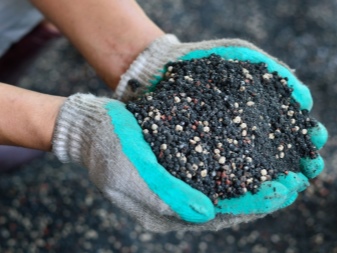

When a shrub is affected by a fungal infection, the following signs will appear: white bloom on the leaves, purple or red spots, twisting and falling of greenery. These diseases appear due to inadequate care, such as abundant watering, irregular weeding. To combat the fungus, spraying the bush with a mixture of Bordeaux liquid and milk of lime or with such a remedy as Topsin is used.
For the winter, an adult plant is not covered, but only the root system is covered with leaves or a mound of earth. But young plantings need shelter. To do this, you can build a wooden box. It will protect the weigela from wind, frost and snow. Wrapping the bush with a covering material is also suitable. If the winter is snowy, shake off the snow to keep the branches from breaking. The older the shrub is, the better it tolerates the winter.
Even an adult plant can freeze slightly, but it will recover in a couple of seasons, and a young one can die. Even an adult plant can freeze slightly, but it will recover in a couple of seasons, and a young one can die.
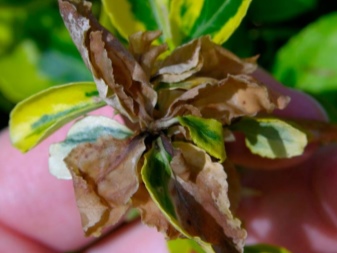
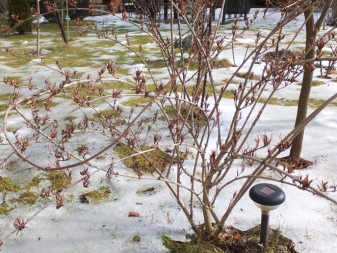
In the spring, prune the shrub, remove dry and frozen shoots. This procedure is needed to form a well-groomed shrub shape, as well as for the emergence of new shoots with flowers. Pruning in the fall is not recommended, as it can harm the flower buds of the next season. In order to model the shape of the bush, pruning is done during and after flowering.
With proper care and proper cuttings, you can spruce up your garden with this gorgeous shrub and add more to your garden. The color of the flowering plant will make your garden look like a fairy tale for years to come. Weigela looks amazing both in a single planting and in a composition with other plantings.
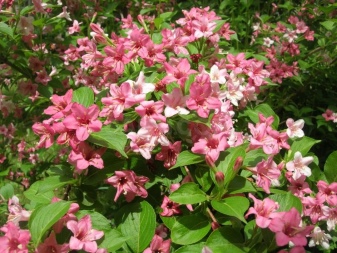
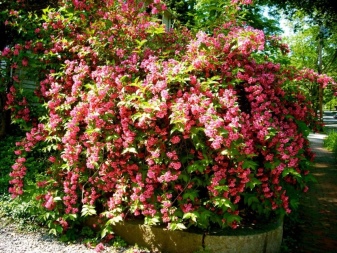
For breeding methods of weigela, see the next video.



































































The comment was sent successfully.